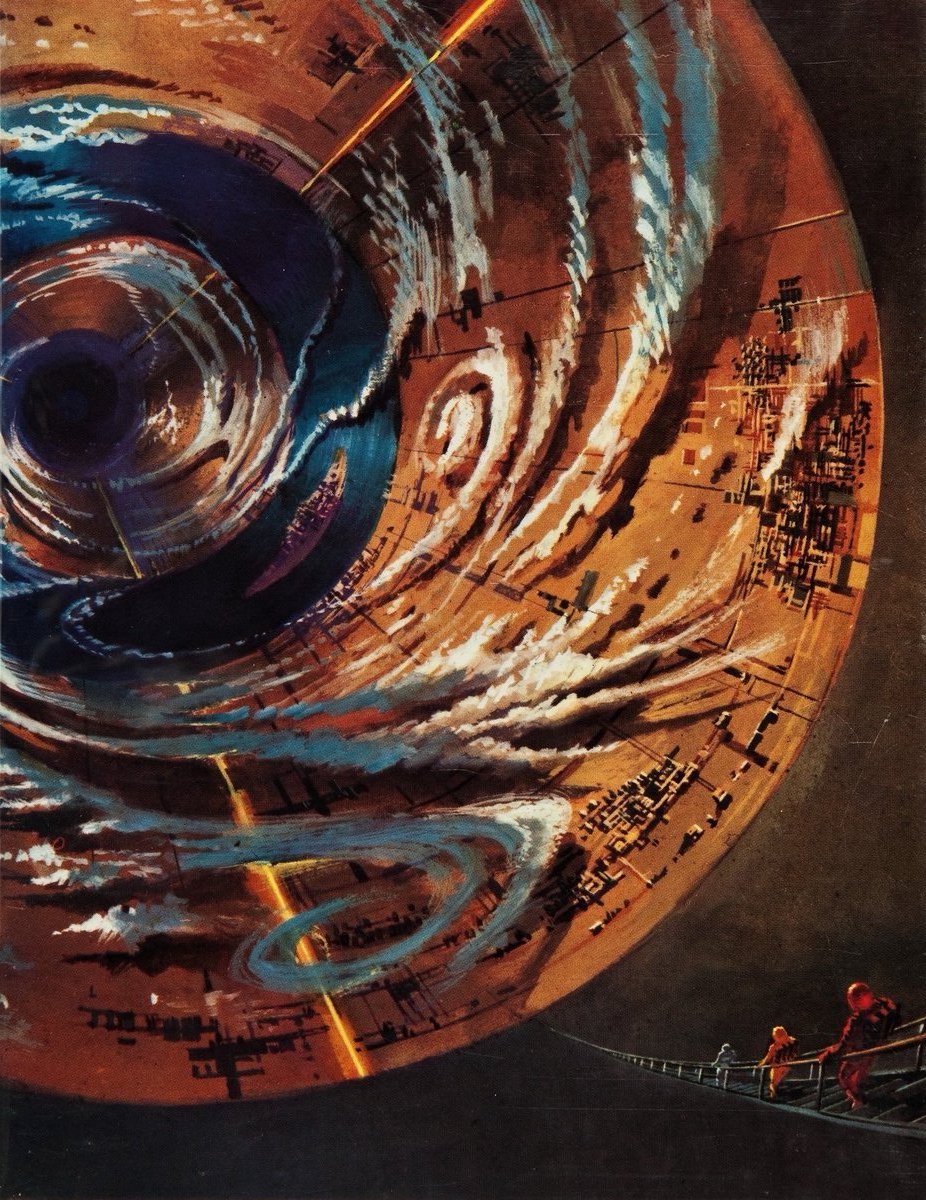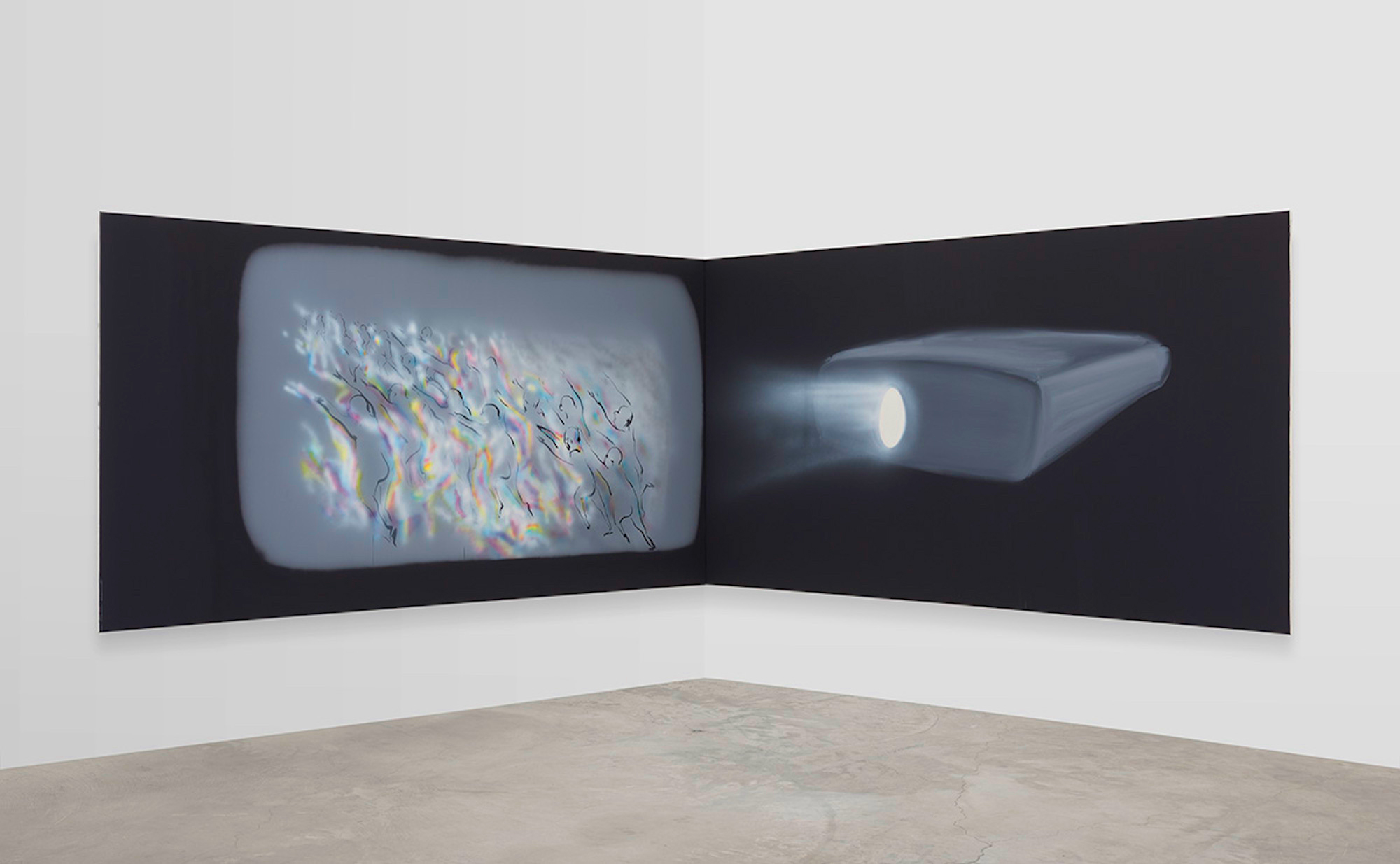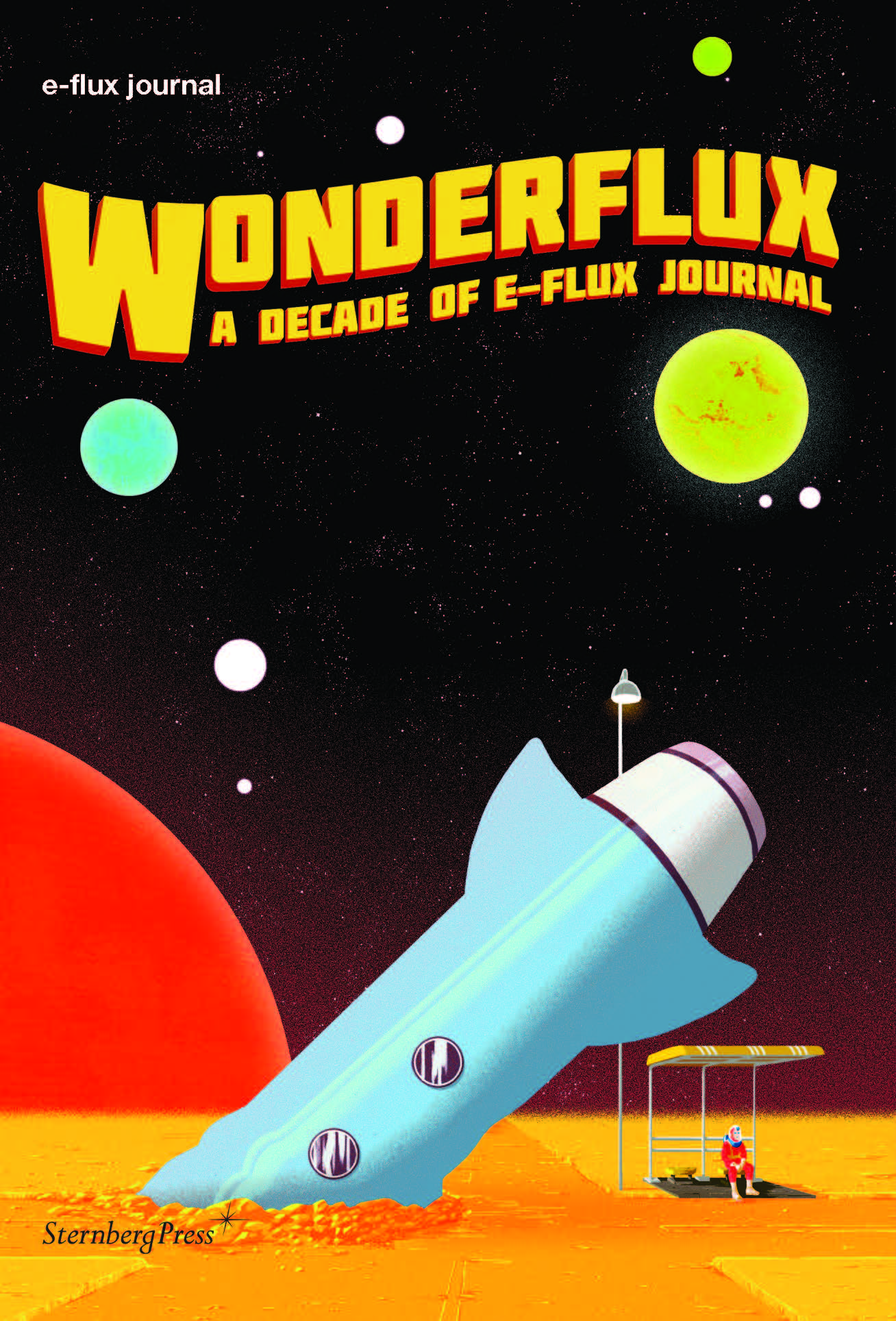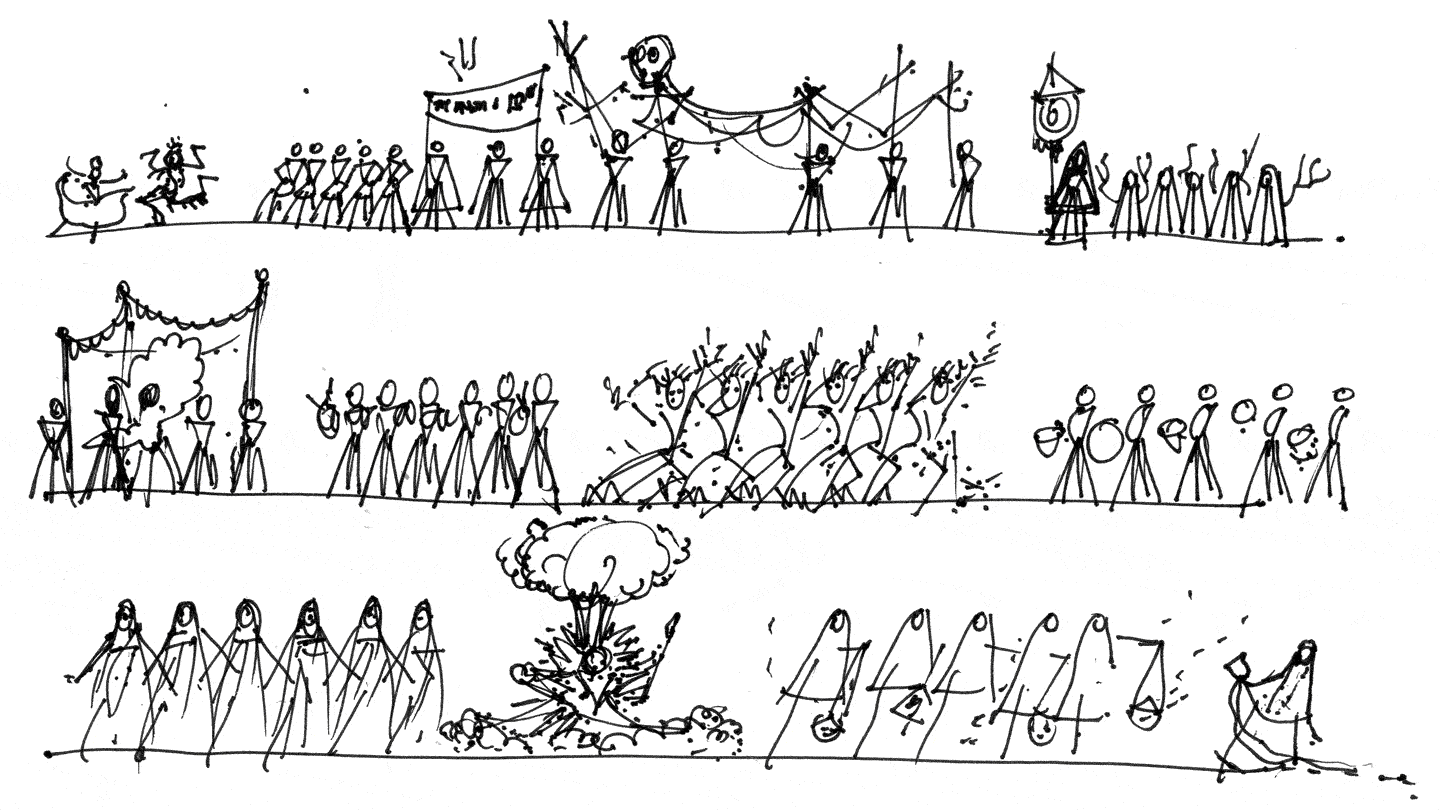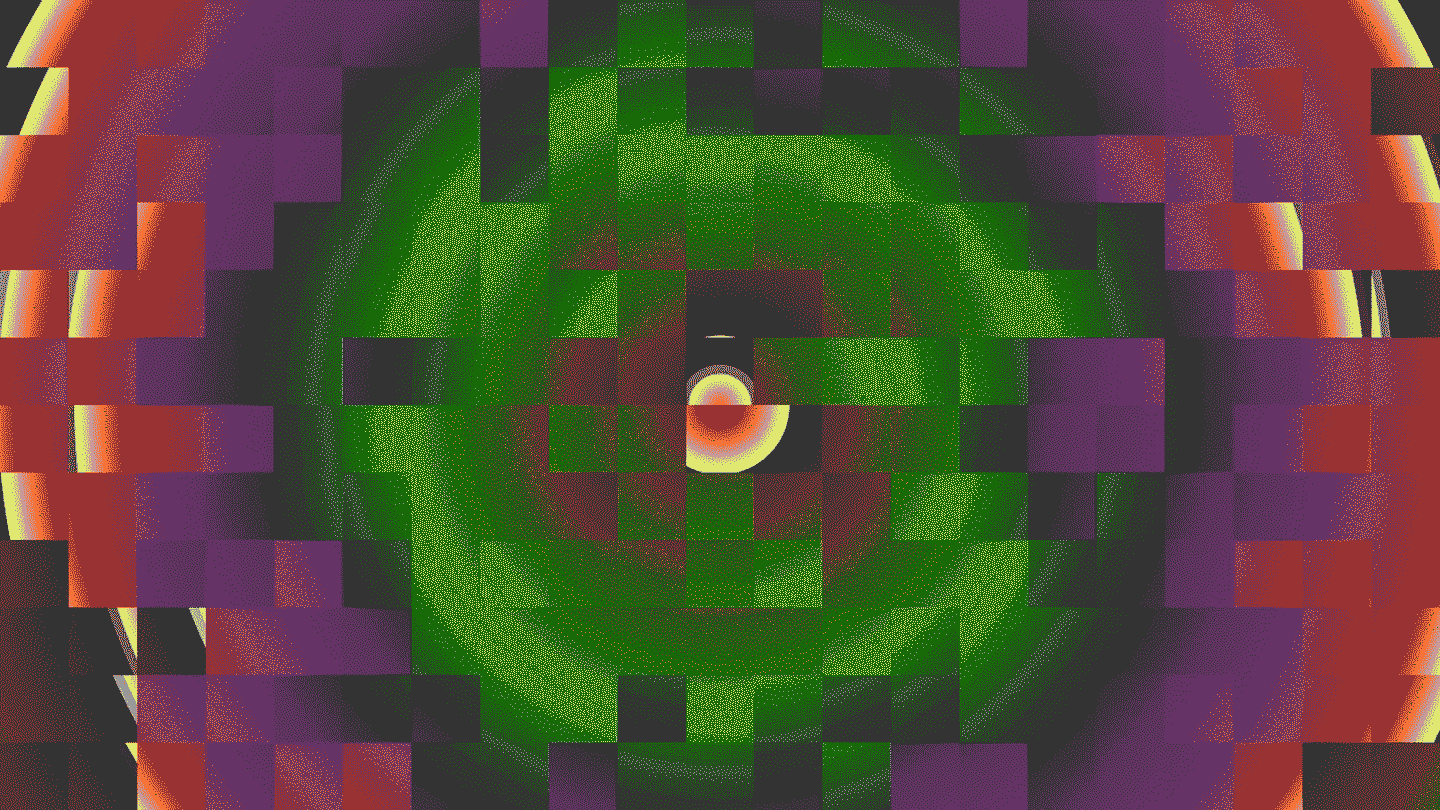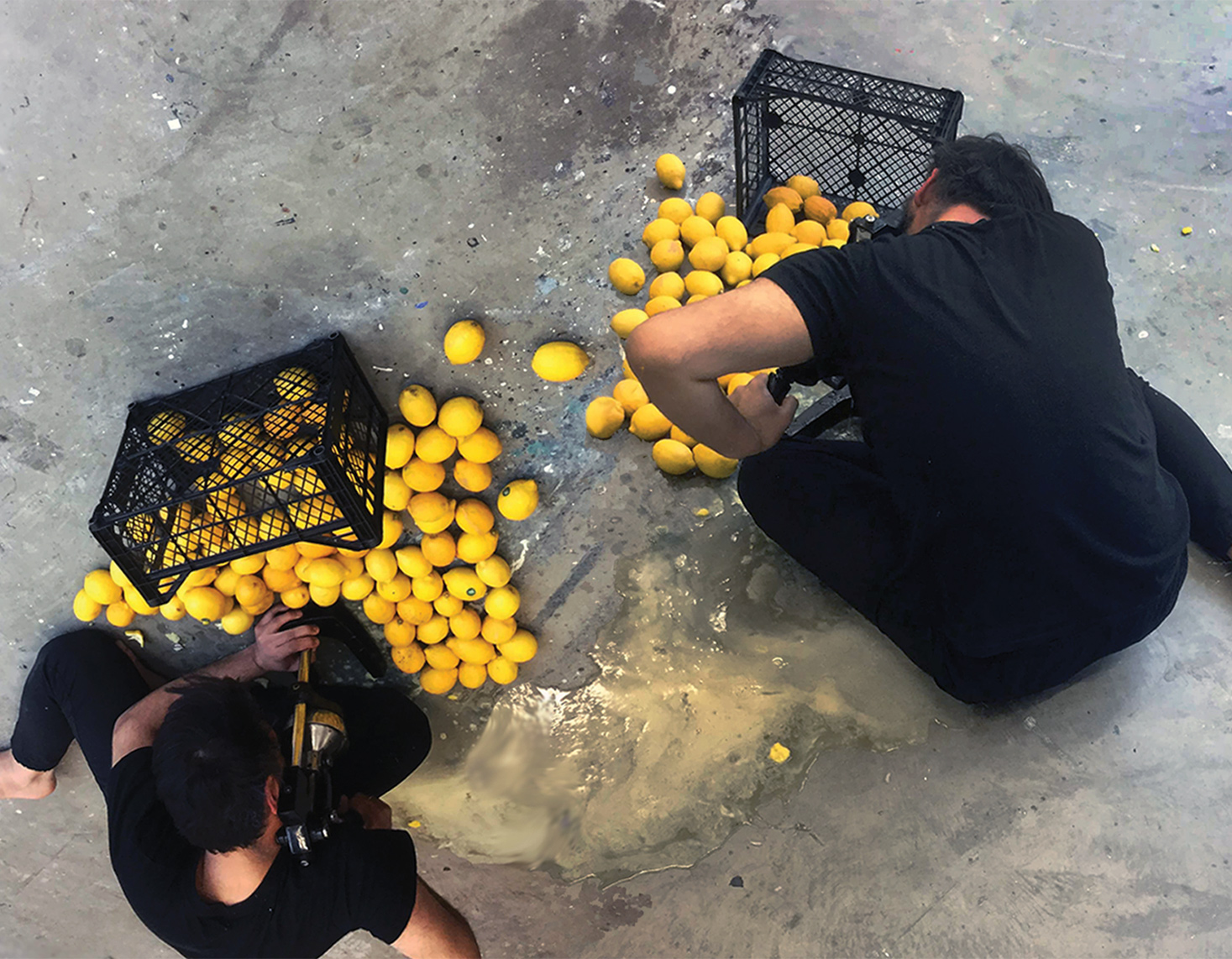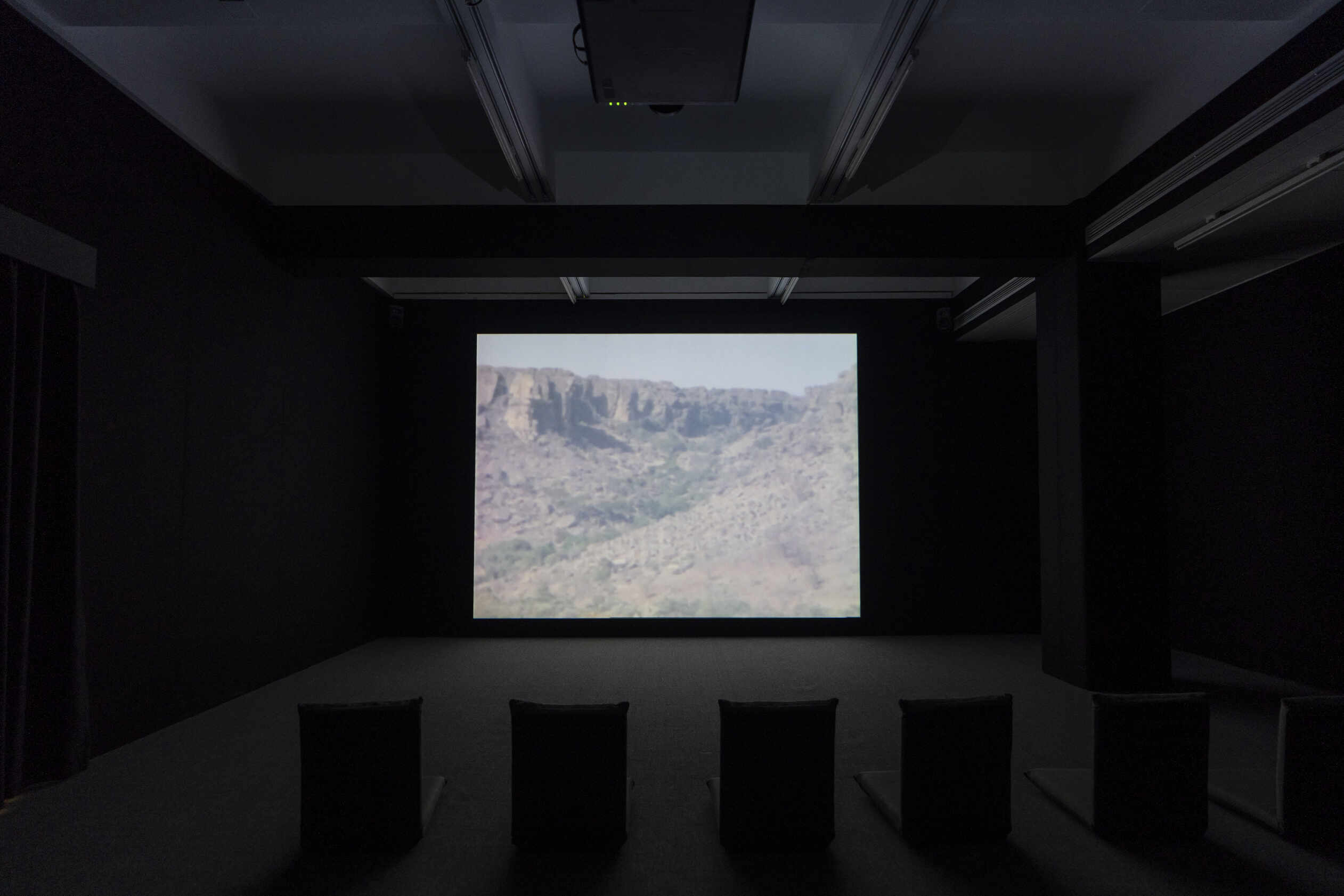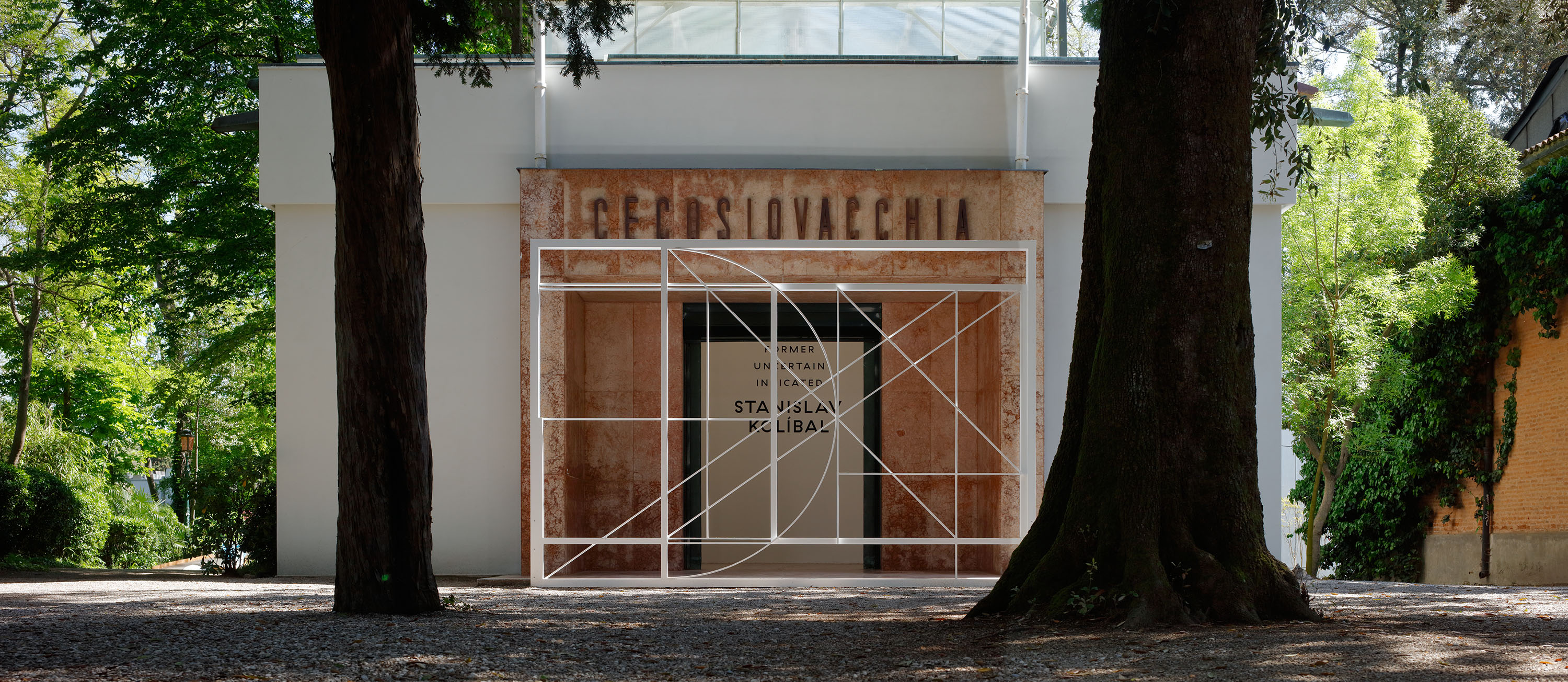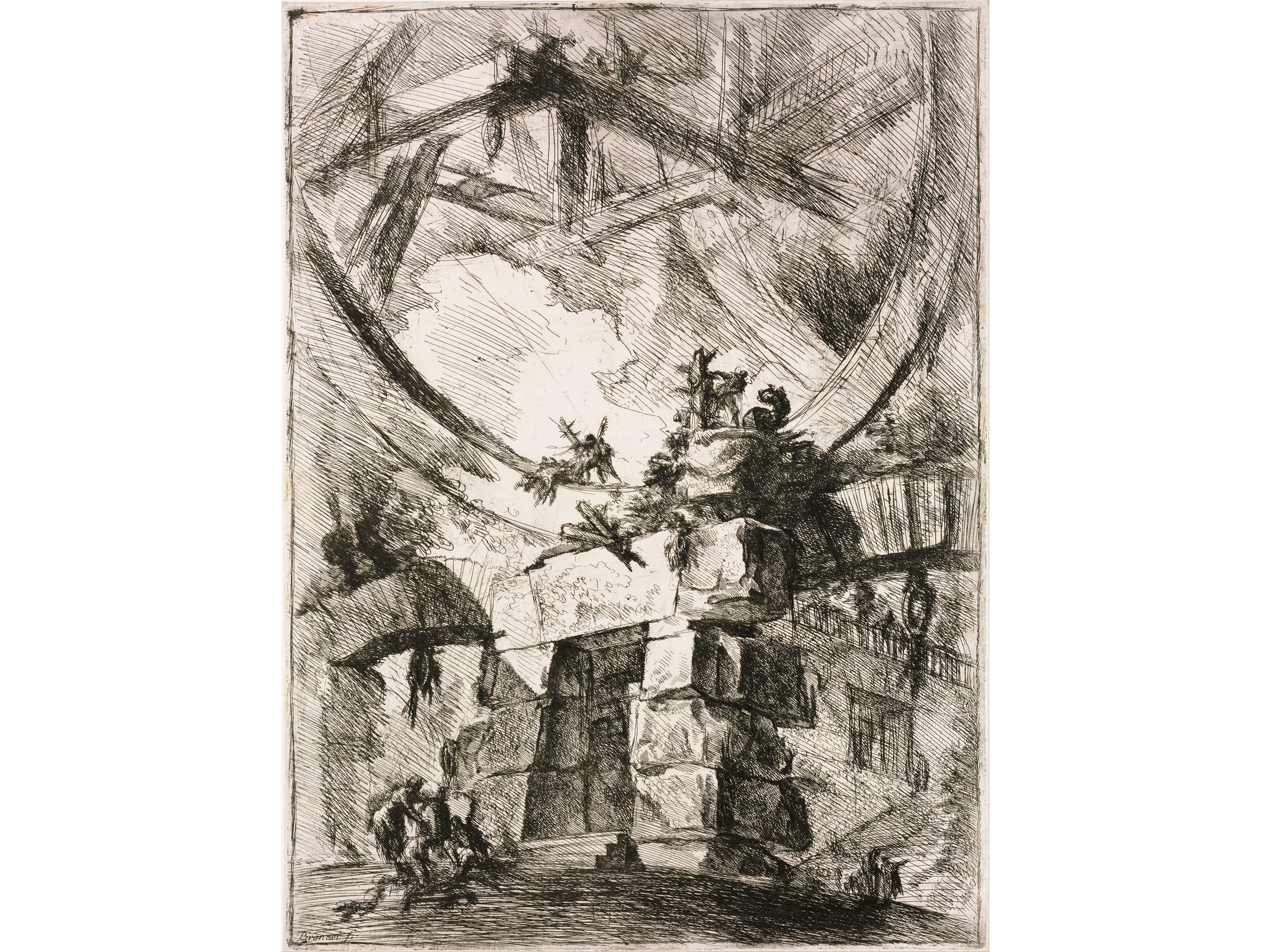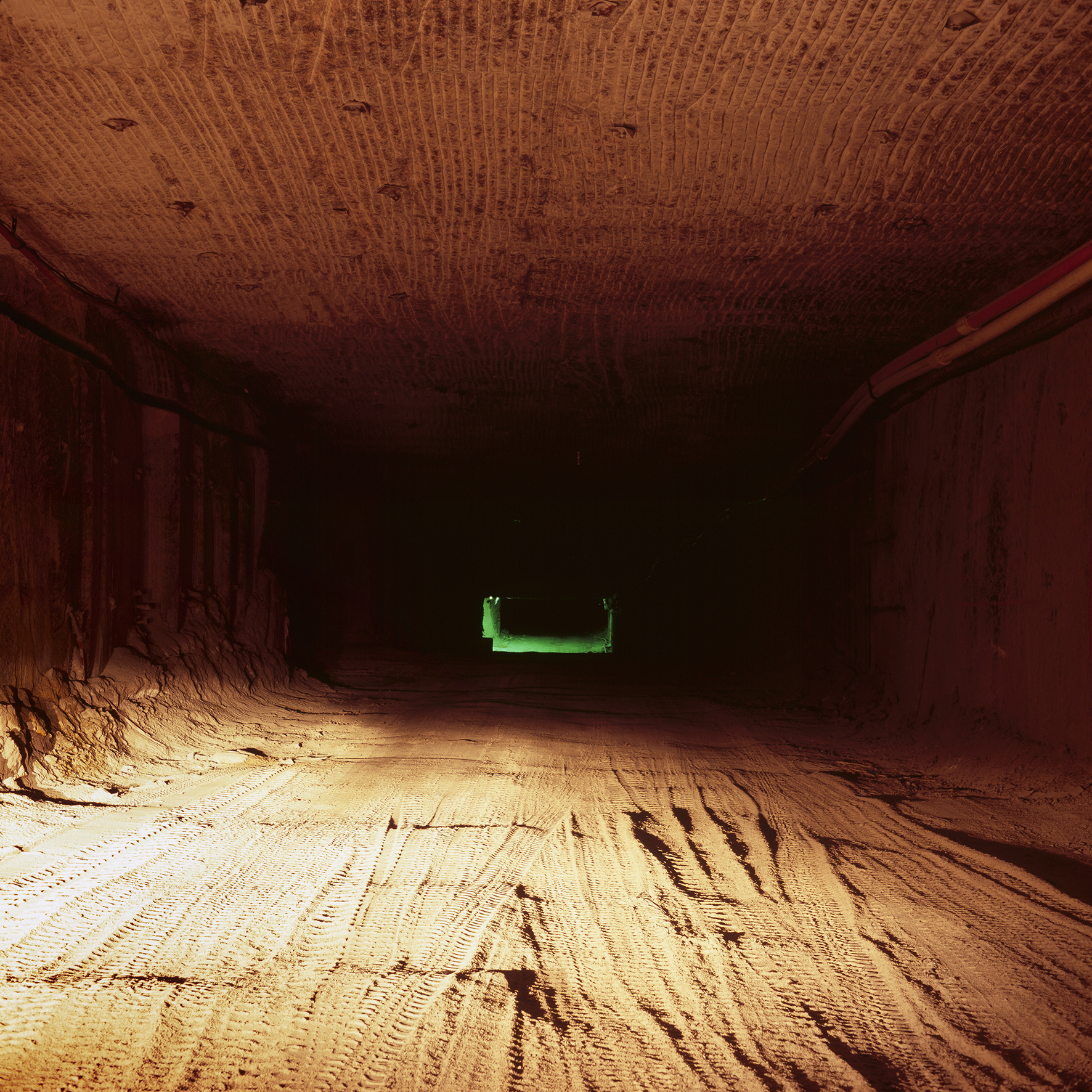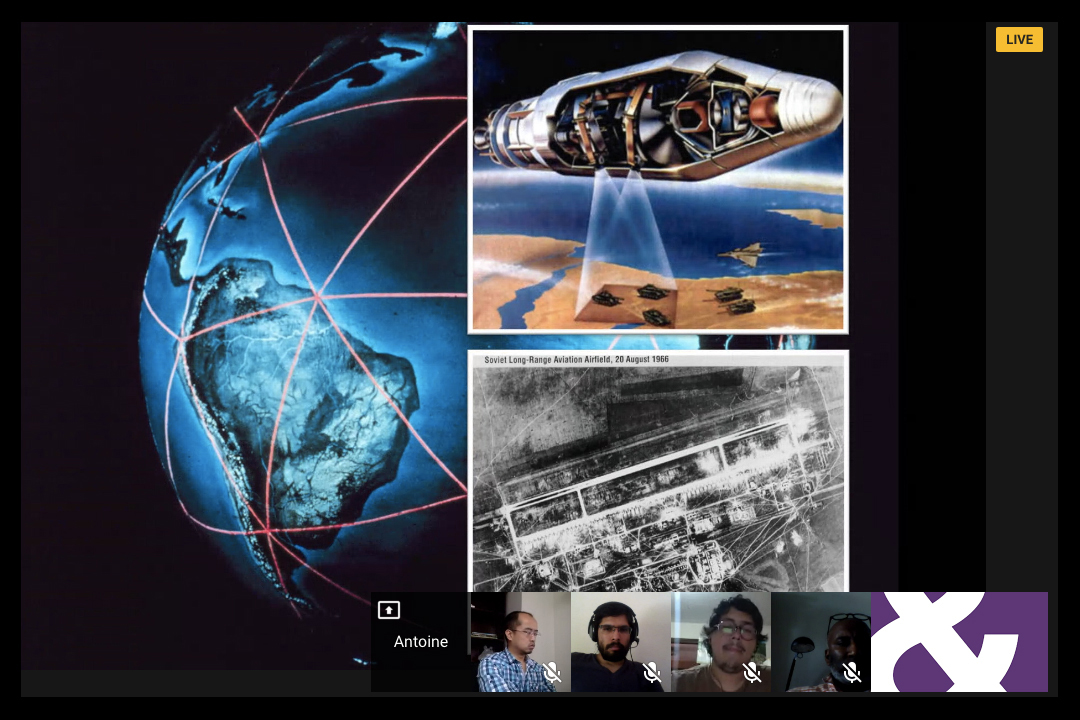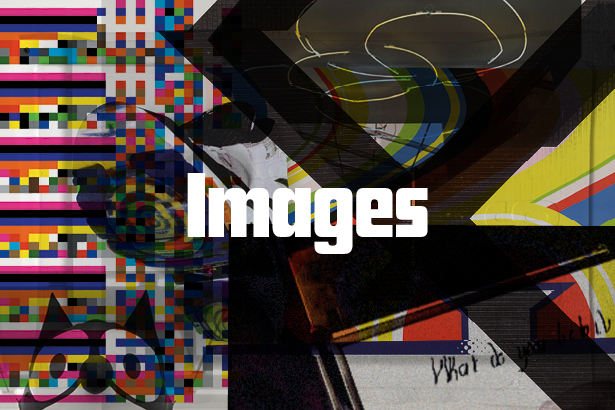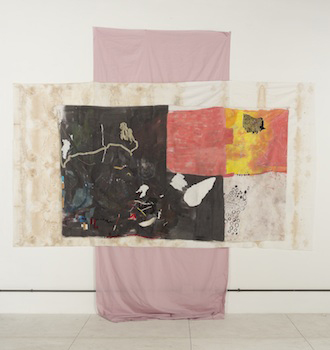October 30, 2019, 7pm
Join us at e-flux on Wednesday, October 30, 7pm for a discussion with J.-P. Caron, Reza Negarestani, and, via Skype, Patricia Reed on Generative Aesthetics.
In Individuals (1959), Peter Strawson proposes a thought experiment for which one imagines a no-space world. The model is a purely auditory world, wherein one only has access to auditory phenomena and must suspend entrenched concepts of spatial and material reality. Strawson’s exercise asks if we could reidentify particulars in such a framework where the coordinates of localization of ordinary experience are completely reformulated. While his investigations remain inconclusive, they offer a compelling example of the exercise we are calling Generative Aesthetics.
Generative Aesthetics is interested in reconfiguring ordinary experience and concepts, typically taken as givens, in order to produce counterfactually new worlds. It is interested in the question: What does it take to remake perception and experience? Such an inquiry is also related to what philosopher Nelson Goodman called Worldmaking: practices of constituting worlds through our aesthetic, scientific, philosophical, and political ideas.
For this evening, the speakers will interrogate the issues of Generative Aesthetics—remaking perception and experience—and what they imply today in terms of a reencounter with the artwork, and with imaginary worlds in the realm of the political imagination.
For more information, contact program@e-flux.com.
